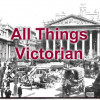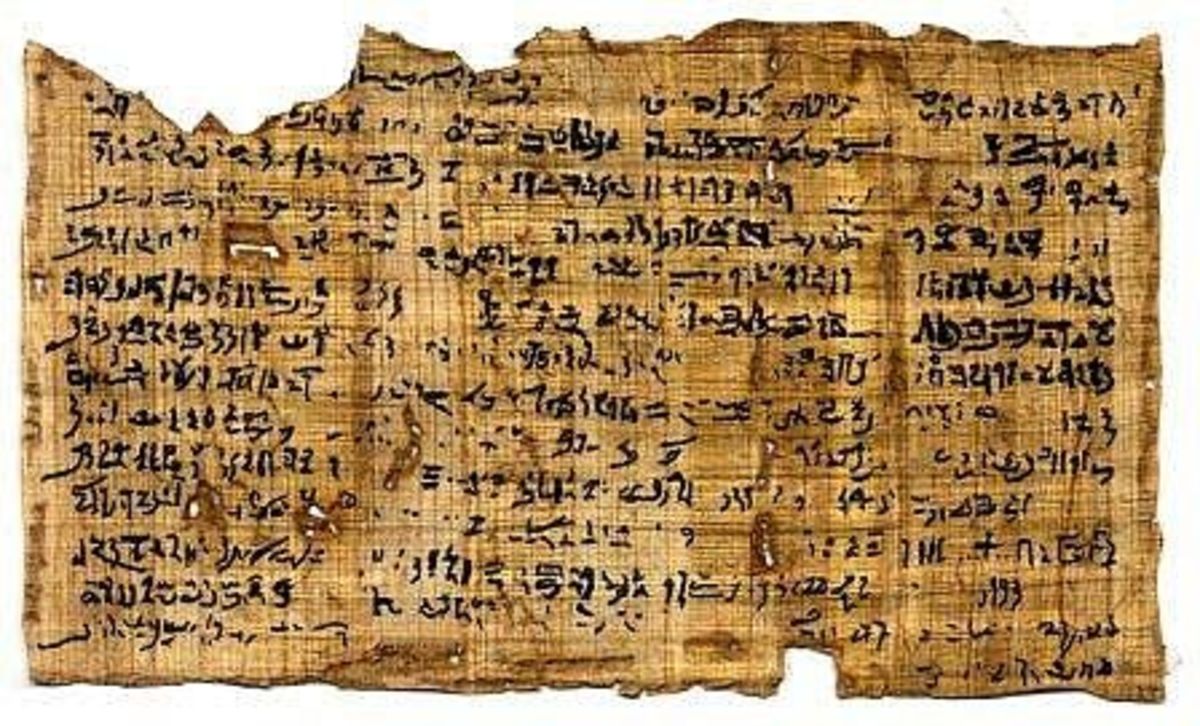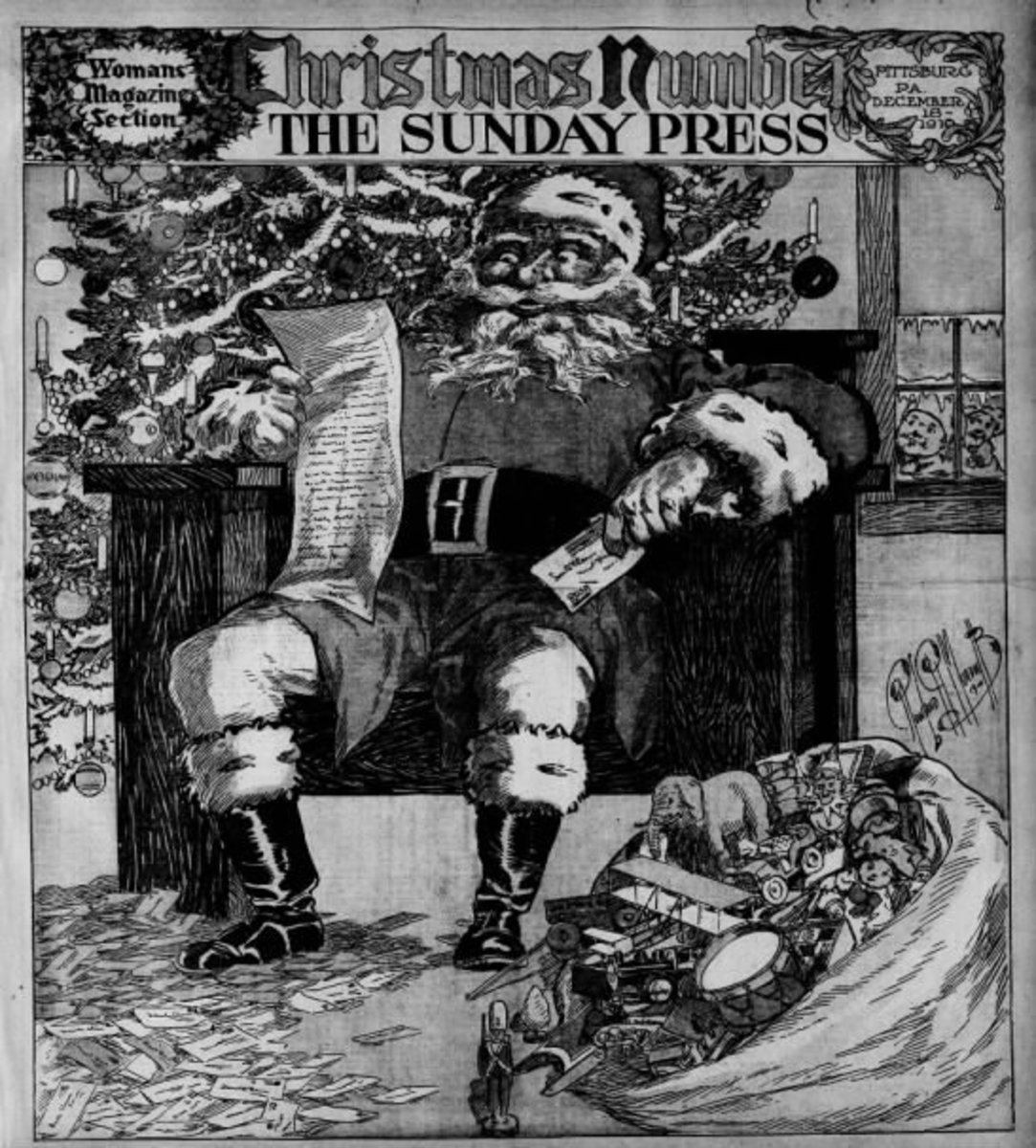Who Invented the Christmas Card?
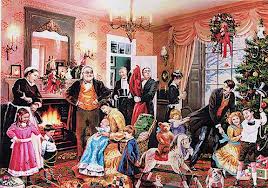

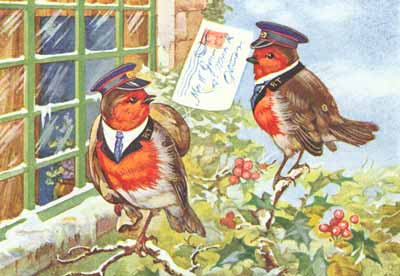
Traditional Victorian Christmas Cards
For many of us, there is something really magical about Christmas cards, and when buying cards I always look for the Victorian style ones.
Not only do they look more traditional, but there is something about the children, all gathered around the snow covered streets singing carols, and pictures of families decorating their tree, that fills me with festive cheer.
The Victorian Cards represent how I picture a traditional Christmas to be.
Families sitting around a big table, eating their Christmas dinner, and mothers and their children decorating the tree. It is these scenes, that really capture the warmth of Christmas for me.
Christmas cards originally showed pictures of mystical characters such as fairies. They would also show springtime pictures, or animals or children. The most popular, were cards with pictures of Robins on the front, this was because in the Victorian era, Postmen were called Robins due to their red tunics.
Postmen would also deliver cards on Christmas day morning in the 19th Century.
Over time Christmas cards became more religious, showing pictures from The Nativity. Cards also began featuring Santa and snowmen and Elf's.
Today, you can buy Christmas cards showing celebrities or characters from kids TV programmes, or novelty cards with jokes on the front.
Christmas cards have changed dramatically over the years, and with the advanced technology today, it is becoming ever more popular to send e-cards, instead of hand written ones.
However, Victorian cards have remained popular right up until the present day. Proving that the old ones are sometimes the best.
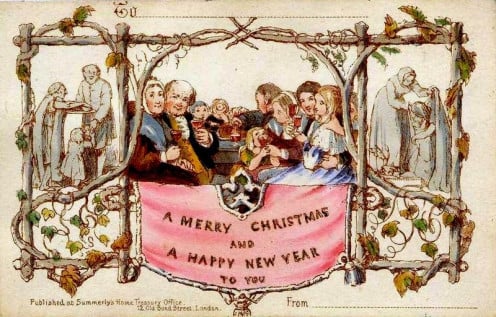
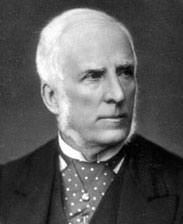
Who Invented the First Christmas Card?
It was 1843, when 35 year old Henry Cole was working in the public records office in Chancery Lane. He was a very busy man often known for taking on to much work.
Henry would decorate pieces of plain paper with Christmas themes and then write his own greetings on the paper. As this took up a lot of his time, he came up with the idea of having a batch of Christmas cards made up so he could just add the names to them.
Henry commissioned his friend and artist, John Callcott to illustrate the cards for him.
John Callcott Horsley, was living at Oreston Manor in Torquay at the time of designing the first Christmas card.
On the 1st May 1843, John Callcott designed a card with three sections. The middle section showed a wealthy family enjoying a Christmas drink and perhaps raising a toast to new year. This picture caused some controversy in the 1840s, as a young girl can clearly be seen, being given a sip of wine by her mother.
The other two sections showed the poor being given food and clothes. The Victorians took charity at Christmas very seriously and the card portrays this Victorian tradition.
The card has a border of what appears to be Ivy and vine leaves, and the wording on the card reads 'A Merry Christmas And A Happy New Year To You" there is also a section at the top and bottom to write the name of the recipient, and who the card is from.
The cards were printed in black and white and were then coloured in by hand by a professional colourer called Mason. The card was published in 1843 under Summerly's Home Treasury Office based In Bond Street, London.
Felix Summerly was actually Henry Cole's pen name. In 1843, Henry's associate Joseph Cundall, became his publisher, and published the first ever Christmas cards for him.
Some say 1,000 cards were sold and others say it was 2,000. The truth as I know it, was that 50 cards were originally printed for Henry Cole in 1843, and an additional 1,000 were printed for commercial sale in the same year.
The cards cost one shilling each which was the equivalent of one weeks wages. Although very expensive to manufacture at first, Christmas cards became more popular as colour printing technology improved and postage became cheaper.
A Christmas Card that Henry Cole send to his Grandmother in 1843, sold at Auction for £22,500 back in 2001.
Which Style of Christmas Card do you prefer?
Sir Henry Cole Biography 1808-1882
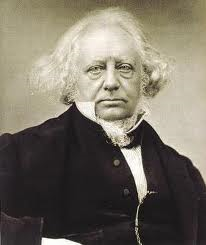
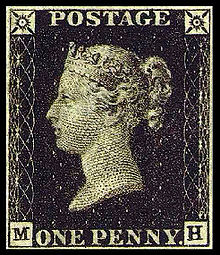
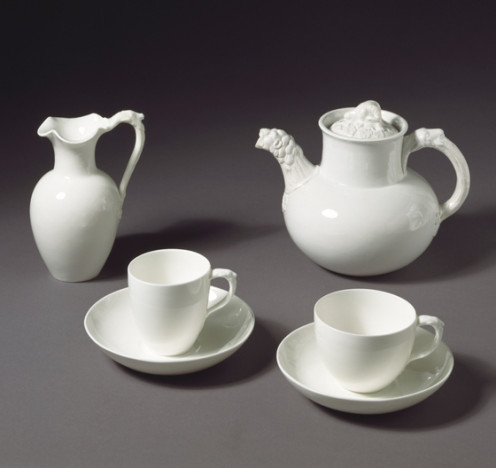
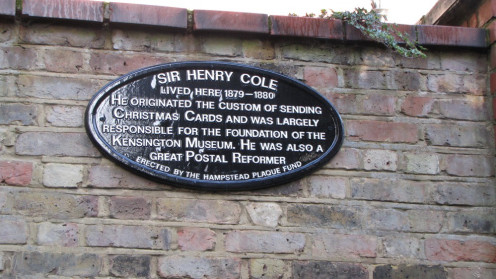
The Creator Of the First Christmas Card
Henry Cole was born in Bath, on the 15th July 1808. He was the Son of Captain Henry Robert Cole, of the 82nd Regiment, and Laetitia Dormer.
Henry was educated at Christ's Hospital, which is a boarding school In West Sussex.
Henry had a great passion for Literature and Art, and at the age of 15 he studied water colour painting and perspective drawing. In 1823, he left school and began his working life in the public service under the record commission, where he eventually became Assistant-Keeper.
In 1833, Henry married Marian Fairman, and they went on to have nine children together.
While working under the record commission, Henry was shocked at the poor condition the records were being held in, and the fact they were scattered around in various places. He began to campaign for the reform of the public record system, and wrote many pamphlets on reforming the 'Public Record System' and preserving the 'British National Archives'.
It was thanks to Henry's determination , and many complaints, that in 1838, the Public Record Office was finally established. Now known as 'The National Archives'.
From 1837 to 1840, Henry was an assistant to Rowland Hill.
Rowland Hill, (who later became Sir Rowland Hill) was campaigning for a reform of the Postal System. Back in 1837, the receiver would have to pay for their post rather than the sender, which caused all kind of problems. Rowland, felt it would be easier for the sender to pay, and he came up with the concept of prepaid postage. Henry Cole was instrumental in helping Rowland to revamp the postal system, and helping him to create the worlds first self adhesive postage stamp, 'The Penny Black'.
Henry provided a sketch of Queen Victoria to be used as the picture of the stamp. (See Picture Right)
Also while working as Assistant-Keeper, Henry went into partnership with, Charles Buller and Sir William Molesworth. Together they started 'The Guide Newspaper' where Henry became Editor.
Henry went on to became Editor, of the 'Historical Register' and the 'Journal of Design' and was a regular contributor to other Newspapers, such as the 'illustrated London News'.
When writing or designing, Henry used the Pseudonym 'Felix Summerly' and published many guide books, as well as a series of children's books. In fact his book entitled 'Traditional Nursery Songs of England' was one of the first children's books to have coloured illustrations.
It was also under his pseudonym 'Felix Summerly' he published several handbooks for many public Art exhibitions. He also designed a number of products that went into production.
In 1846, he designed a prize winning teapot which was later manufactured by Minton. Henry was close friends with Herbert Minton, and he asked him to make his tea service design so he could enter it in to the 'Society of Art's Competition'.
The Teapot from the service was soon entered. The Teapot spout was based on a medieval water spout, and the forms were based on Henry's love of Greek Pottery. The teapot won a silver medal in the competition. The rest of the tea service remained in production for many years, eventually becoming a 'Minton Standard'. Henry's tea service sold right up to the 20th Century.
After the success of his teapot, Henry opened 'Felix Summerly's Art Manufacturers' with the idea of commissioning work from other Artists, to raise the level of industrial design and the publics overall taste in Art.
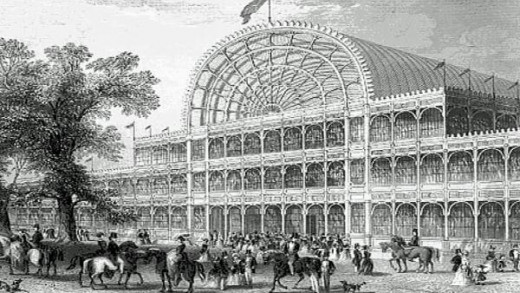

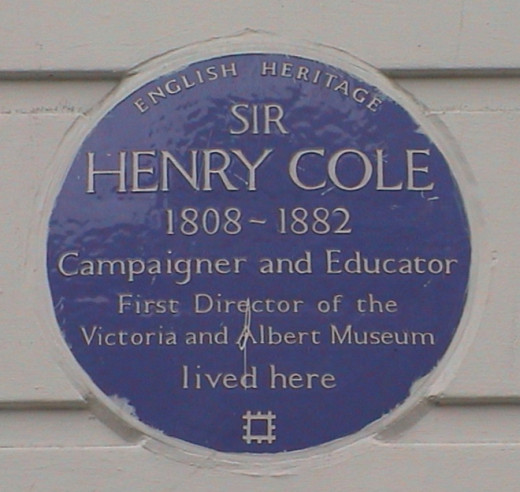
Sir Henry Cole - The Great Exhibition 1851
Henry was a member of the Society of Arts, it was through them that he secured Government support for his campaign to improve standards in Industrial Design. He got backing from Prince Albert, and in 1847, Henry organised a successful exhibition of Art manufactures.
The two years that followed, saw Henry organise bigger and better exhibitions. After visiting an exhibition in Paris, Henry had the idea to open up the exhibitions to international participants. His idea was backed by Queen Victoria herself, and led to the Great Exhibition of 1851.
'The Great Exhibition of the Works of Industry of all Nations' under the presidency of Prince Albert, was held in The Crystal Palace from May to October of 1851. It was a huge financial success.
It was mainly through the 'Great Exhibition' and the excess financial gain, that the 'South Kensington Museum' was formed. Henry Cole was appointed by Lord Granville, on behalf of the Government, to reorganize the Schools of design. He was to be the first General Superintendent of the department of practical Art.
It was in this role, that Henry Cole created the 'South Kensington Museum' and became first Director until 1873. The Museum opened to the public on the 22nd June 1857, and saw 724,579 visitors in the first eighteen months. The Museum was renamed 'The Victoria & Albert Museum' in 1899.
In 1974, a part of the building was renamed 'The Henry Cole Building' and today is known as the Henry Cole Wing.
Henry seemed to be the driving force behind many improvements made in the mid to late 1800's. As well as the great exhibition and the museum, he was also one of the originators and promoters of the Royal Albert Hall. He was also the founder of the 'National Training School for Cookery' and helped establish the 'National Training School for Music'.
In 1873, Henry Cole retired on a full pension and in 1875, he was knighted by Queen Victoria. Henry was awarded the K.C.B (Knights Commander of the order of the Bath) , by the prime minister of the time, Mr Disraeli.
Henry reluctantly accepted this award at the special instance of the Queen.
In 1881, Sir Henry, who by this time had a known heart condition, began writing his memoirs with the help of his Daughter. Sir Henry had been suffering with his heart condition for sometime, and had been advised by his Doctors to take things easy.
However for a man that was so used to keeping busy, this was perhaps easier said than done. Sir Henry, had attended a meeting earlier in the week, which had tired him out. He was said to be slightly recovered by Monday and sat for a portrait with the famous Artist, and friend of his Son, John Whistler.
However the portrait was never completed, as by the Monday evening, Sir Henry's condition had worsened. His heart condition had been complicated by congestion of the lungs, and on the Tuesday he sadly passed away.
Many people know Sir Henry Cole, as the creator of the Christmas Card, but he was so much more than that. Not only did he help to reform the organisation and the preservation of the British National Archives, but he helped shape the Art industry in England.
After his death, on the 20th April 1882, The Times Newspaper wrote
"The name of Henry Cole will long be remembered and held in honour"
I couldn't agree more!
How To Make Victorian Christmas Cards? (@NLGsteampunk)

Victorian Christmas Card Facts
Christmas was an important time for the Victorians, and many wealthy families would encourage their children to make their own Christmas cards. In fact, Queen Victoria herself, had her own Children making them.
Victorian cards were embellished with many different materials, including lace and satin, silk fringe, feathers, shells, flowers, velvet, and eve small sachets of scented powder.
After Christmas, Victorian women and children would keep their cards in scrap books.
Popular cards would feature pictures of happy children, or cute animals and birds. Flowers and spring time pictures was another popular feature, as well as mystical cards such as elf's or fairies.
The Victorians believed in being charitable at Christmas, and so many traditional cards showed pictures of the poor or of little Orphans.
Why Is Snow associated with Christmas?
Ever wondered why snow is associated with Christmas, despite it rarely snowing at Christmas? Snow scenes were popular on Christmas cards due to the bad weather they had in 1836. From January of 1836, there was a lot of heavy snow, blizzards began and crops were severely damaged by the harsh frosts.
By October 1836, the snow reached depths of 5-6inches, which disrupted transport.
On Christmas day of 1836, snow depths reached a shocking 5-15 feet in many places, and drifts of 20 to 50 feet. From that year on, snow became associated with Christmas time.
Did you know that over 11 million Christmas cards were printed in 1880?
Victorian Trick Cards
In the 1870's, Trick Cards became popular. The Victorians loved novelty items, and trick cards were cleverly made to make a character to appear as if it was moving. Some cards would have a scene pop up when you opened it, Other cards would have a stick or piece of string attached to the front of the cards, so when pulled the main feature would move. All though very novel, these type of cards rarely had an actual Christmas theme.
Christmas cards will continue to change over time, but the Victorians will always remain the true inspiration behind them all.
© 2013 Victoria
